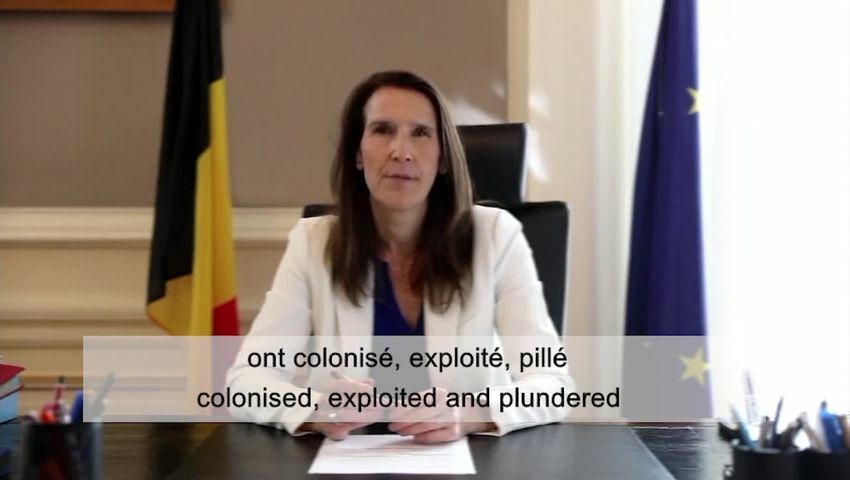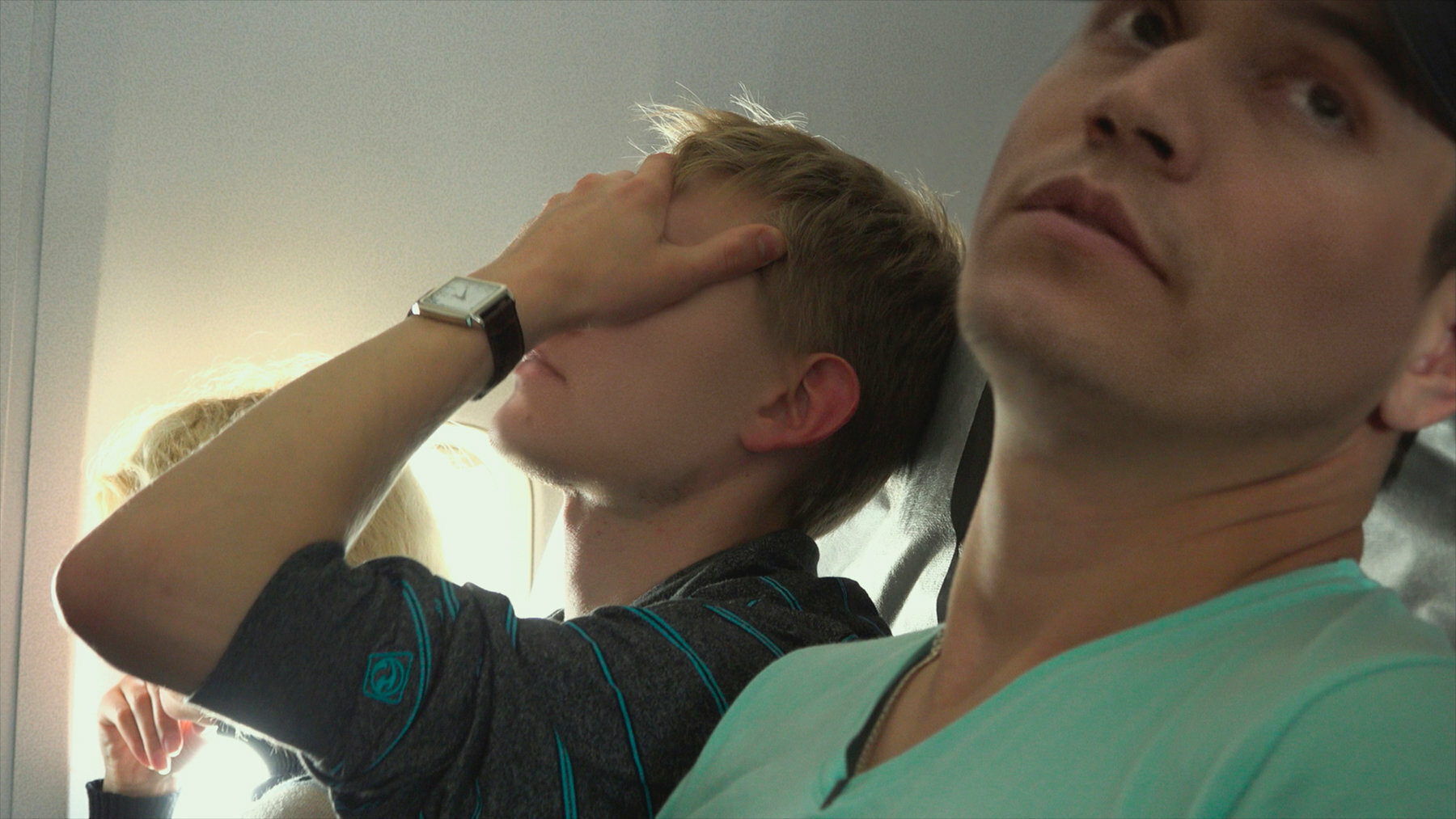Deepfakes have gained popularity in recent years, driven by advancements in artificial intelligence. These new synthesis techniques pose a challenge for journalists on various levels.
The dark side of deepfakes
The phenomenon has gained momentum, and the repercussions are not without consequences. In April 2020, the activist group Extinction Rebellion shared a video of a speech purportedly made by Belgian Prime Minister Sophie Wilmès. In this fabricated speech, she admitted a connection between the emergence of Covid-19 and the ecological crisis. The success of this deepfake was significant: within 24 hours, the video had garnered thousands of views on social media. Despite precautions taken by the NGO to prevent confusion such as indicating that the video was manipulated some individuals were misled. In fact, several comments suggested that some online users believed it was the real Sophie Wilmès speaking. The political impact of this technology can be perilous. More recently, a deepfake featuring Ukrainian President Volodymyr Zelensky calling for the laying down of arms in the face of the Russian invasion and ordering his troops to cease the fighting circulated online. This video was quickly censored by social media platforms.

In April 2020, the activist group Extinction Rebellion shared a deepfake of Belgian Prime Minister Sophie Wilmès. (Source: Extinction Rebellion)
Thus, when used maliciously, this technology can be used to deceive. The realism of deepfakes makes their detection challenging. Beyond the perfect illusion, deepfakes cast suspicion on all audiovisual content. How can one determine if a video is not manipulated? It's a significant challenge. “I see four major evolutions of deepfakes that can concern us in the months to come”, warns Sam Gregory of Witness, an organization that uses video and new technologies to advance human rights, in an interview with La Revue des Médias in October 2020. “The first concerns the quality of audio deepfakes, which continues to improve and will soon make detection extremely difficult. The second is the creation of high-resolution deepfakes from a simple image. The experiments are already very convincing. The third danger is the erasure of objects or the alteration of a scene. Lastly, the commercialization of mobile applications that popularize faceswaps and deepfakes”.
For journalists, verifying deepfakes is thus a new challenge. Media fact-checking services, already busy verifying false information proliferating online, are closely monitoring the phenomenon.
Deepfakes, a technology in service of journalists?
Although they can be used as a weapon of mass illusion, deepfakes are not only a tool of disinformation and can serve better causes. They can even be useful for journalists.
One notable example is David France's documentary, “Welcome to Chechnya”, first aired in 2020, which denounces the persecution of homosexuals in Chechnya. Deepfake technology is used to mask the faces of the protagonists, members of the persecuted LGBTQIA+ Chechen community by the government of Ramzan Kadyrov. This way, their identity is protected while preserving facial expressions and conveying emotions. “Welcome to Chechnya could represent the introduction of a new kind of mask one that hides the identity of a subject while allowing for complex emotional attachment”, notes Joshua Rothkopf in his article for The New York Times. Therefore, hyper-realistic techniques can enable journalists to innovate by protecting their sources through voice or face replacements.

The deepfake technology is used in the documentary 'Welcome to Chechnya' to mask the faces of the protagonists.
The real challenge lies in detecting deepfakes. Increasingly aware of this issue, journalists are major players in spotting these false contents. “Raising awareness across the entire newsroom about deepfakes is crucial”, explains Francesco Marconi, R&D chief of The Wall Street Journal. “The processes and standards of journalism don't change: despite being cutting-edge technology, the foundation of the profession remains the same verifying the origin and reliability of sources, researching context, and cross-referencing information”. Hunting for deepfakes ultimately fits into a broader quest: combating misinformation.
Emma Alcaraz

